Sometimes the thicker the liquid, the faster it flows.
It's well known that highly viscous liquids (like honey) flow slower than low-viscosity liquids (like water). Now, researchers have been surprised to find that common sense reverses itself when the liquid flows through a chemically coated capillary tube. In fact, when the fluid is 1,000 times more viscous when passing through the capillary, it flows 10 times faster.
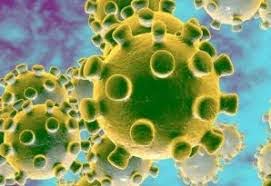
The speed at which fluid flows through a pipe is a valuable parameter for extraordinary applications: from industrial processes (e.g. oil refineries) to biological systems (e.g. the human heart).
Traditionally, if a faster flow rate is needed, the pressure can only be increased. However, this technique has its limitations. The pressure cannot exceed the maximum load of the pipe. This is especially true for thin and narrow tubes, such as the microfluidic tubes used to produce drugs and other complex chemicals, so researchers are investigating whether it is possible to increase the speed at which liquids can flow through narrow tubes without increasing the pressure.
In the paper, published October 16 in Science Advances, the researchers found that by coating the inside of the tubes with compounds that repel liquids, they can make viscous liquids flow faster than low-viscosity liquids.
Professor Robin Rath, from the research group at Aalto University's Department of Applied Physics, explained: "The superhydrophobic surface consists of tiny bulges that trap air in the coating, so that droplets that fall on the surface act as if they were on a mat of air."
The superhydrophobic coating itself does not accelerate the flow of liquids of higher viscosity. However, this changes dramatically when the droplets are confined to microfluidic very narrow pipes. The superhydrophobic coating on the pipe wall creates a small air gap between the inner wall and the liquid droplet.
"We found that the more viscous a droplet is when confined in a sealed superhydrophobic capillary, the larger the air gap around the droplet. The larger air gap makes the natural flow rate of the viscous fluid faster - by gravity." Dr. Maia Wolkowiak, lead author of the paper, said.
The effect is quite impressive. Glycerin is 1,000 times more viscous than water, and flows 10 times faster than water.
"The key finding is that the lower viscosity fluid permeates the surrounding air cushion, thereby thinning the air gap. This meant that the air beneath the low-viscosity droplets in the tube could not support the faster flow." Dr. Matilda Backholm, one of the researchers on the project, explains.
The team has developed a fluid dynamics model that can be used to predict how droplets will move in tubes with different superhydrophobic coatings. They hope that these studies will have important applications in microfluidics.
Microfluidics is a chemical engineering technique that can be used to precisely control small amounts of liquid and used to make complex chemicals, such as pharmaceuticals.
OTHER NEWS
-
- Cash: from the Most Popular Payment Method to the Least-used One
- By Shawn 24 Apr,2023

-
- British scientists recommend people to add extra vitamin D to milk and bread
- By Betty 24 Apr,2023
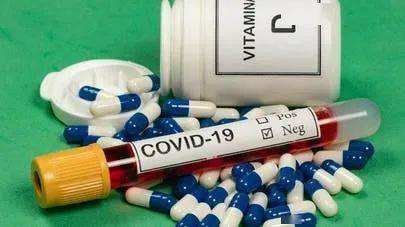
-
- Why is milk in gallons but Coca-Cola is bottled in litres?
- By Sandra 24 Apr,2023
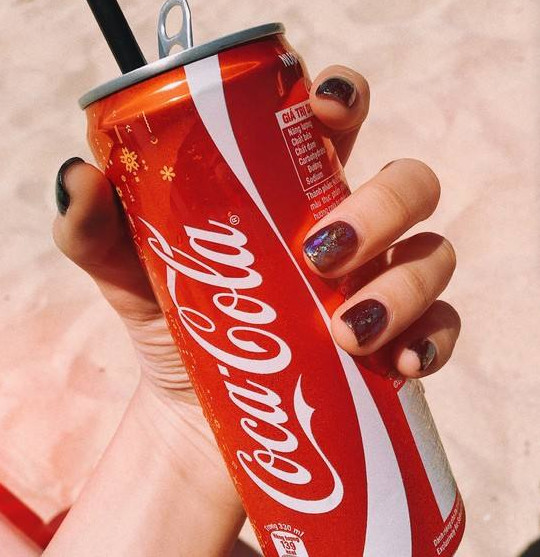
-
- Facebook Hopes the Digital Currency Diem and Digital Wallet Novi Will Launch in 2021, Top Exec Says
- By Lois 24 Apr,2023
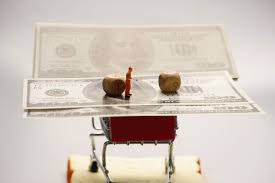
-
- Each Person’s Internet History Is Unique
- By Ann 24 Apr,2023

-
- Handwriting makes children smarter
- By Marie 24 Apr,2023

-
- Does Stingless Bee Honey Have Special Health Benefits?
- By Lewis 24 Apr,2023
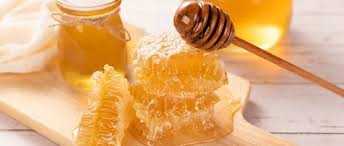
-
- Google’s Road to E-commerce
- By Johnny 24 Apr,2023

-
- How to use the Force of Nothingness in Space to Manipulate Objects
- By Paula 24 Apr,2023

-
- Google Is Paying A High Price to Apple Every Year
- By Sean 24 Apr,2023

-
- The support behind more advanced mobile phones
- By Evelyn 24 Apr,2023

-
- Windbound Preview
- By Amy 24 Apr,2023

 1
1 1
1